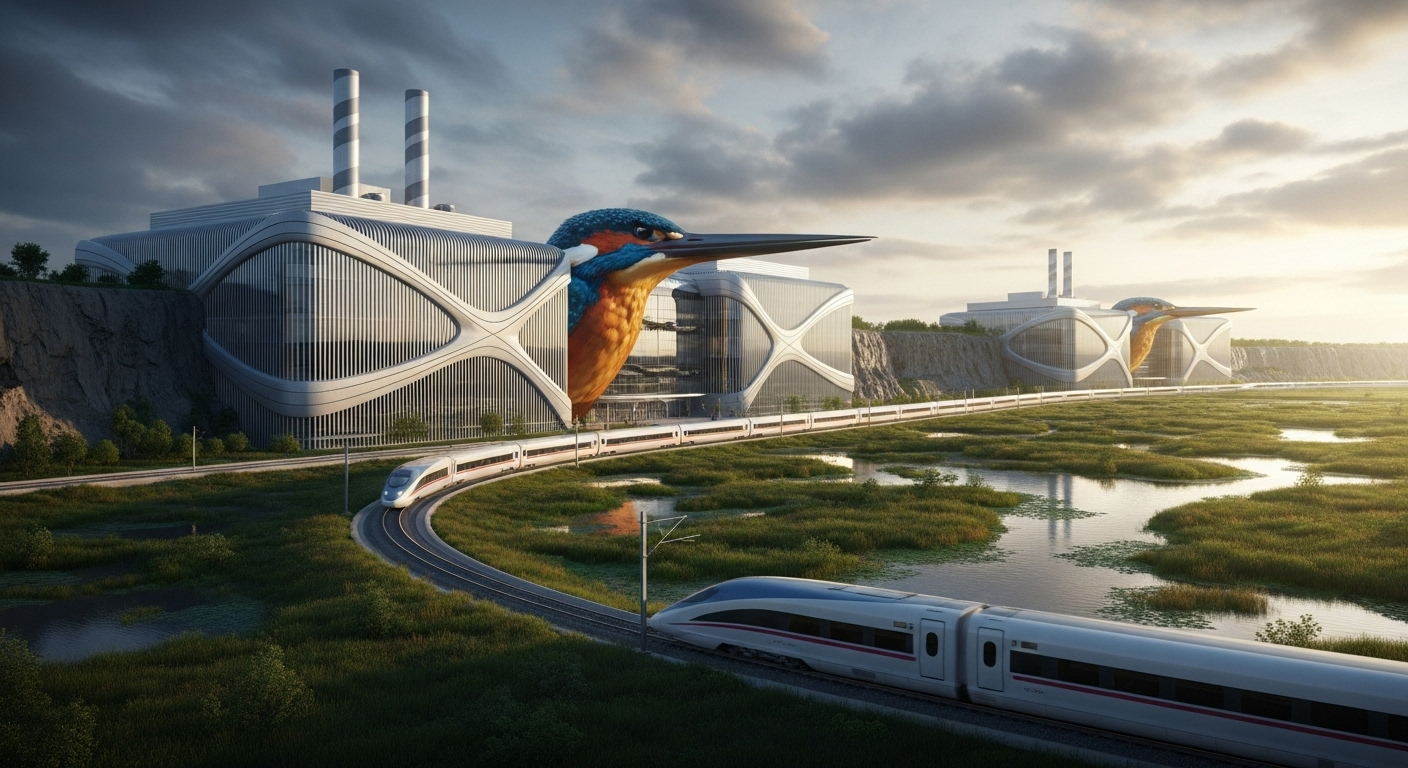Shaping Industrial Future with Biomimicry: Lessons from Nature
In a world where sustainability and innovation are shaping the future of industries, biomimicry offers a unique perspective. It is a practice that learns from and mimics the strategies found in nature to solve human design challenges. This article delves into the concept of biomimicry and its practical implications in the business and industrial realms.

The Roots of Biomimicry
Biomimicry is not a new concept. The idea of learning from nature has been around since the dawn of human civilization. Early humans learned essential skills such as hunting, shelter-building, and tool-making by observing and imitating animal behaviors and characteristics.
In the industrial context, the concept of biomimicry began to take shape in the 20th century. The most notable example is the development of the “bullet train” in Japan, where engineers modeled the train’s nose after the beak of a kingfisher to reduce noise and increase speed.
Biomimicry in the Industrial Arena
In recent years, biomimicry has gained significant traction in various industries, ranging from architecture to product design and manufacturing. Businesses and organizations are increasingly recognizing the potential of biomimicry to drive innovation, enhance efficiency, and promote sustainability.
For instance, in the manufacturing industry, biomimicry is employed to enhance operational efficiency. Companies are studying the ways ants and bees organize their colonies to improve factory floor logistics.
The Impact of Biomimicry on Business Strategies
Biomimicry has profound implications for business strategies. It encourages firms to rethink their approach to problem-solving, design, and innovation. Instead of relying solely on human ingenuity, businesses can tap into billions of years of evolutionary experience to find sustainable and efficient solutions.
However, implementing biomimicry is not without its challenges. It requires a paradigm shift in the way businesses operate and innovate. Additionally, it demands a deep understanding of natural systems, which can be complex and intricate.
Biomimicry: A Pathway to Sustainable Industrial Practices
At its core, biomimicry is about creating products, processes, and policies that are well-adapted to life on earth over the long haul. It presents an opportunity for industries to advance sustainability by learning from nature’s efficient use of resources.
Leveraging Biomimicry for Industrial Success
-
Look to nature for inspiration: Nature is a treasure trove of brilliant designs and strategies. By observing and studying natural systems, industries can glean valuable insights to enhance their operations.
-
Foster a culture of innovation: Biomimicry requires a shift from traditional thinking. Businesses need to cultivate a culture that encourages innovation and out-of-the-box thinking.
-
Collaborate across disciplines: Successful application of biomimicry requires collaboration across various disciplines, including biology, engineering, design, and business.
Conclusion
Biomimicry presents an innovative approach to industrial and business practices. It enables industries to tap into nature’s time-tested patterns and strategies to drive growth and sustainability. While the journey to fully incorporate biomimicry may be challenging, the potential benefits it offers are enormous. As industries continue to evolve, biomimicry will undoubtedly play a critical role in shaping the future of industrial practices and business strategies.





